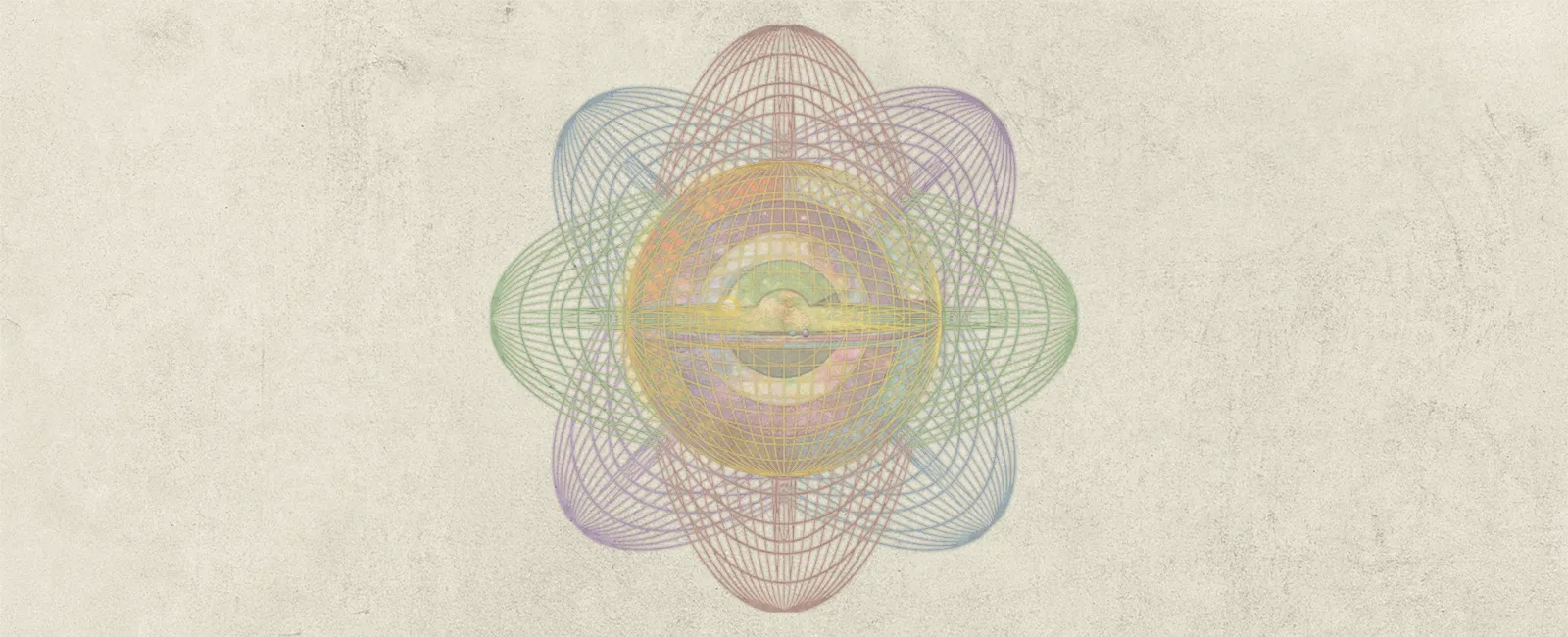Solacing
Solacing is a common practice around the Darsal Sea and the south Agaman Bay, where gifts are brought to family members of the deceased. The gift is often, but not always, something that the deceased has given away prior to their death.
History
The practice of Solacing can be traced back more than a thousands years, to the days of the Selgok emmpire. During this time, it was customary for slaves to smuggle their deceased partners belongings to their next of kin as under the Selgok, slaves where not allowed to hold more personal items than was strictly necessary to perform their jobs.
Once captured into slavery, slaves would usually attempt to smuggle tokens of their loved ones as families were often scattered across the vast empire and even beyond. Once a slave died, his belonging were removed from his body before being cremated, usually by other slaves. Those mementos would often be trusted with the deceased closest acquaintances or friends, so if they ever stumble upon their family they could return the tokens and deliver the sad news. Using those mementos, family members could retain hope of finding some information in the future regarding their relatives, even if those would be the grimmest of news.
The tokens were also used by slaves to track the movement of the Selgok's workforce. By examining the shapes, materials, carvings and other details, an individual could be somewhat identified, or at least the region they originated from, allowing their remains to be sent with other slaves who where bound to be sent there.
After the Selgok's fell the practice remained, but slowly graduated away from simple tokens and to more practical items given to those who leave on long voyages and journeys. Common items were ceremonial coins to be used as currency in a pinch, unique hairpins for comfort or even sets of high quality shoelaces. Those small gifts where often small enough so that they could be carried back in case the corpse itself could not make the trip back.
As the main roads became more secured due to trade and commerce between human settlements becoming more established, the practice evolved to gifting friends with practical items that would serve them well for the rest of their life. Once the person bestowing the gift has passed, the item would then be returned by his friend back to the deceased's family. Both as means of providing the family with a personal belonging related to their loved one should they have none, and as means of expressing gratitude for the aid and friendship that were provided by the deceased during their lifetime.
Components and tools
The southern Vintian cultures use special tokens instead of gifts. Those vary in shape and form, but are usually adorn on top of the cloths to signify a unique connection or bond between certain individuals. Those bond tokens are returned when one of the individuals perishes. The tokens are usually either buried with the corpse or placed near their ashes to ensure they have a fond memory of a friend in their afterlife. In case of an individual volunteering to the Deadguard, bond tokens are among the few items they are permitted to carry with them to the Great Wall of Vintia.
The practice of bond tokens emerged duringn the Wizards Trail and the The Vintian Crusades, as mages fleeing northern realms had to result to selling themselves into slavery in order to survive. Slaves in the Imprium were usually allowed to keep certain personal items, such as familial crests, books and even pieces of jewlery.
Vintian Bond Tokens
Vintian bond tokens
A collection of Vintian Bond Tokens. A silver emerald brooch, a golden coat button and matching golden earings. Usually to signify two individual who share a bond of platonic friendship.
Current Date: 2nd of Latsum, 1572
Primary Related Location
Important Locations
Bond Token - old.webp
Ancient bond tokens
Ancient tokens used for solacing during the Selgok period. A bone weight, a wooden game dice and a stone coin. Intentionaly look inconspicues at first glance, but the the special markings reveal places of origins, burial sites or coded instructions for nexts of kin.





Comments